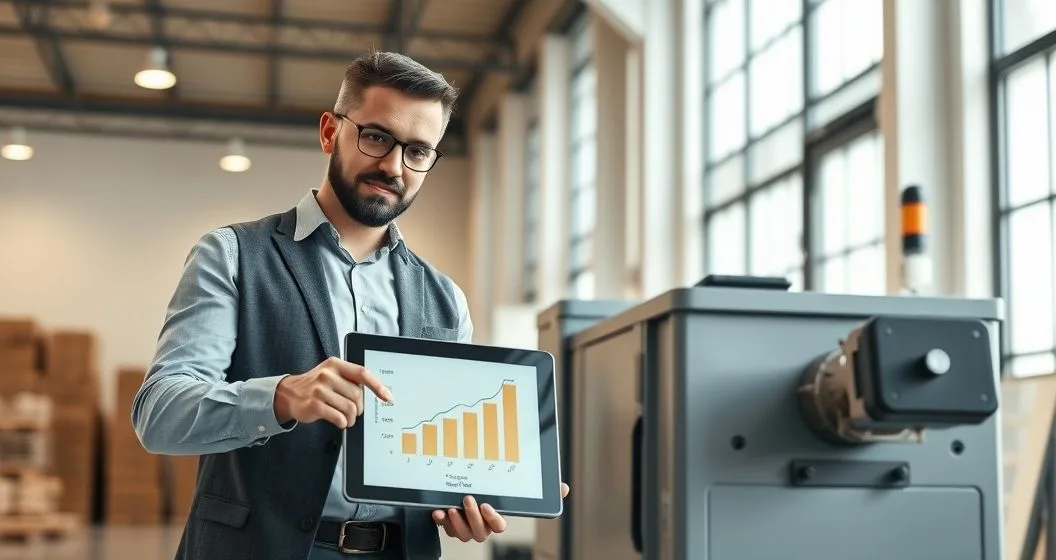Background and why it matters
Equipment financing gives businesses access to machinery, vehicles, IT systems, and other tangible assets without a full cash purchase. In my 15 years advising small businesses, I’ve seen lenders and leasing companies help clients scale faster by matching payment timing to the income the asset produces.
Types of equipment financing
- Equipment loans: Lender advances funds to buy equipment; you own the asset and usually pledge it as collateral. Loans are common for assets with a long useful life.
- Capital leases / finance leases: You effectively finance and eventually own the asset; payments cover most of the equipment’s value.
- Operating leases: Lessor retains ownership; you pay to use the asset for a term and may return it at the end—useful when you want lower monthly costs or frequent upgrades.
- Sale-leasebacks: You sell an owned asset to a lessor and lease it back to free up cash.
Key terms to know
- Principal: The borrowed amount.
- Interest rate / APR: Cost of borrowing; compare APRs across offers.
- Term: Length of the loan or lease—typically 2–7 years for equipment.
- Residual value: Expected value at lease end; affects lease payments.
- Collateral/security interest: Lender’s legal right to repossess equipment on default.
Collateral, risk, and repossession
Most equipment financing uses the financed asset as collateral. Lenders file a UCC-1 financing statement to secure their interest in the equipment. If you default, the lender can repossess and sell the asset; any sale shortfall may leave you liable for a deficiency. For details on how lenders value equipment, see our article on how lenders value equipment as collateral.
Tax and depreciation basics (practical overview)
- Depreciation vs. expensing: Businesses generally depreciate equipment over its useful life, but immediate expensing options exist. Section 179 lets qualifying businesses elect to expense eligible assets up to IRS limits (see IRS Publication 946). Bonus depreciation that allowed 100% expensing has been phased down; for assets placed in service in 2025, bonus depreciation is reduced compared with prior years—check current IRS guidance when planning purchases.
- Tax strategy: In my experience, owners choose Section 179 for small to moderate-cost purchases to reduce taxable income immediately, while larger investments may combine partial Section 179 with regular depreciation.
(See our deeper guide on business depreciation basics for practical examples and calculations.)
Eligibility, documentation, and underwriting
Lenders evaluate:
- Business credit profile and personal credit (for small firms),
- Cash flow and debt service coverage,
- Collateral value and equipment age/condition, and
- Business plan or contracts showing how equipment will generate revenue.
Prepare: invoices or quotes, equipment specs, financial statements (bank statements, profit & loss), and identification. Lenders may offer better terms for new equipment and may charge higher rates or shorter terms for used assets.
Costs and how to compare offers
Look beyond the monthly payment. Compare APR, total cost of credit, fees (origination, documentation, prepayment), maintenance obligations, and end-of-term options (purchase price, renewal, return). Ask for an amortization schedule and a written estimate of the buyout or residual.
Common mistakes I see
- Treating lease vs. buy as strictly price-based: tax treatment, flexibility, and upgrade needs matter.
- Ignoring maintenance and insurance costs tied to leases.
- Underestimating the impact of depreciation recapture on sale or trade-in—talk to a tax advisor before selling financed equipment.
Real-world examples (short)
- A bakery financed an industrial oven with a 5-year loan; she used Section 179 to expense part of the purchase the first year and kept working capital for inventory.
- A construction firm leased an excavator on a 36-month operating lease to avoid large upfront cost and to trade up when job needs changed.
Practical tips and strategies
- Run a total-cost model: include interest, fees, maintenance, insurance, taxes, and expected resale value.
- Consider matched terms: align the financing term with the equipment’s useful life and revenue-generating period.
- Negotiate residual/buyout terms on leases—small changes can significantly affect monthly payments.
- Use tax planning: consult your CPA about Section 179, bonus depreciation, and how financed assets affect deductions (IRS Pub. 946).
FAQs (brief)
- Can I finance used equipment? Yes. Lenders will underwrite based on age, condition, and marketability.
- What happens if I default? The lender can repossess the asset; you may remain liable for any deficiency.
- Does financing affect tax deductions? Yes—ownership, leasing structure, and expensing elections affect whether you take depreciation or deduct lease payments.
Professional disclaimer
This article is educational and does not replace personalized financial, tax, or legal advice. For decisions about financing structure or tax elections, consult a CPA or lender.
Authoritative sources and further reading
- IRS — Depreciation (Publication 946): https://www.irs.gov/businesses/small-businesses-self-employed/depreciation
- U.S. Small Business Administration — Financing options: https://www.sba.gov/
Internal resources
- Equipment Financing vs Leasing: Cost, Taxes, and Flexibility: https://finhelp.io/glossary/equipment-financing-vs-leasing-cost-taxes-and-flexibility/
- Business Depreciation Basics: Section 179 and Bonus Depreciation: https://finhelp.io/glossary/business-depreciation-basics-section-179-and-bonus-depreciation/
- How Lenders Value Equipment as Collateral for Business Loans: https://finhelp.io/glossary/how-lenders-value-equipment-as-collateral-for-business-loans/
If you’d like a worksheet to compare loan vs. lease offers, consult your financial advisor or reach out to a qualified lender.



